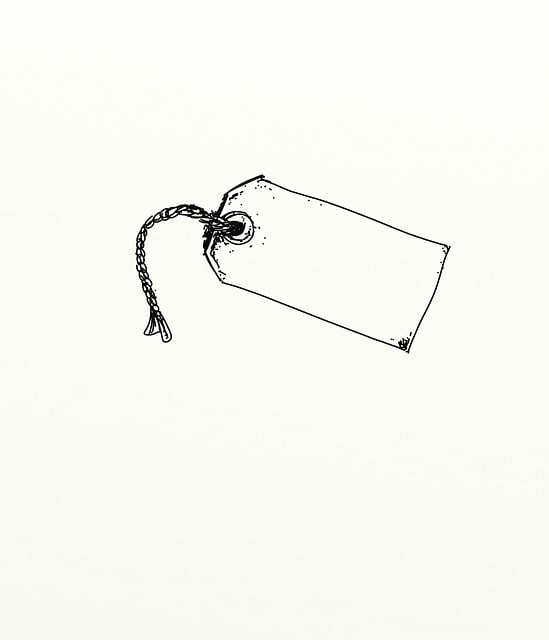Skin tags, medically known as acrochordons, are small growths commonly found in folded skin. They're usually harmless but can cause discomfort. Causes include friction and hormonal changes. Treatment options range from at-home remedies like salicylic acid to professional procedures offered by Bradford Skin Tag Removal specialists. For stubborn tags, the Bradford Skin Tag Removal method provides a permanent solution with minimal discomfort and quick recovery. Regular skincare and clothing choices can help prevent future skin tags.
Skin tags, those small, soft skin growths, are common on arms and legs. While they’re usually harmless, many seek removal for cosmetic reasons. This guide explores effective treatments for skin tags, focusing on the best approaches for at-home care and professional procedures like Bradford Skin Tag Removal techniques. We’ll delve into understanding these tags, from causes to types, and offer strategies to prevent their recurrence.
- Understanding Skin Tags: Causes and Types
- Non-Invasive Removal Methods for Home Use
- Medical Treatments for Persistent Skin Tags
- Preventing Future Skin Tag Formation
Understanding Skin Tags: Causes and Types
Skin tags, also known as acrochordons, are small, soft skin growths that typically appear on the neck, armpits, and body folds like the arms and legs. They are usually harmless and often painless but can be a source of discomfort or embarrassment for some individuals. Understanding their causes and types is the first step in deciding on the best treatment method, such as Bradford Skin Tag Removal techniques.
Causes vary widely, including friction, skin irritation, ageing, or hormonal changes. Skin tags are generally classified into two types: pedunculated (having a stem-like structure) and non-pedunculated (flat and smooth). Pedunculated tags are more common and often hang from the skin like little tentacles. Recognizing these characteristics can help when considering treatment options, including home remedies or professional procedures like those offered by Bradford Skin Tag Removal experts.
Non-Invasive Removal Methods for Home Use
When considering non-invasive removal methods for skin tags at home, there are several safe and effective options available. One popular choice is using salicylic acid, a beta-hydroxy acid that exfoliates the skin and helps to shrink skin tags gradually. This over-the-counter solution is gentle yet potent, making it suitable for home use. Alternatively, freezing with liquid nitrogen, or cryotherapy, has proven successful in removing skin tags by damaging and destroying the tag’s tissue.
For those seeking a more natural approach, applying duct tape can be an effective strategy. This method involves carefully placing medical-grade duct tape over the skin tag for several days, which helps to suffocate and eventually remove it. Another home remedy worth considering is using apple cider vinegar or tea tree oil, known for their antimicrobial properties, to potentially reduce and eliminate skin tags over time. These non-invasive methods, including Bradford Skin Tag Removal techniques, offer convenient, cost-effective solutions for managing skin tags on arms and legs without the need for professional intervention.
Medical Treatments for Persistent Skin Tags
For stubborn or persistent skin tags, medical treatments offer effective solutions. One popular and highly sought-after option is the Bradford Skin Tag Removal method, which involves precise and gentle excision under local anaesthesia. This procedure ensures minimal discomfort and quick recovery. A skilled dermatologist will carefully cut away the skin tag, ensuring no scarring occurs.
This type of treatment is ideal for larger or more numerous tags. It provides a permanent solution, especially when combined with proper aftercare. Regular check-ups post-treatment are essential to monitor any potential complications or remaining tags, ensuring complete satisfaction and healthy skin.
Preventing Future Skin Tag Formation
Skin tags, though usually harmless, can be a nuisance and may even lead to discomfort if they grow in clusters or on sensitive areas like the arms and legs. To prevent future skin tag formation, it’s essential to adopt a consistent skincare routine. Regularly exfoliating your skin helps remove dead skin cells and reduces the chances of skin tags developing. Additionally, keeping the skin moisturized is crucial; dry skin is more prone to tag formation.
Consider incorporating a mild cleanser and a moisturizing lotion into your daily regimen. Moreover, wearing loose-fitting clothing can prevent irritation and friction that may contribute to skin tag growth. For those seeking efficient Bradford Skin Tag Removal solutions, there are various options available, from topical creams to minimally invasive procedures.
When it comes to treating skin tags on arms and legs, understanding your options is key. Whether you opt for non-invasive home remedies or seek medical intervention, there’s a Bradford Skin Tag Removal solution available to suit your needs. By addressing current tags and preventing future formation, you can achieve smoother, more comfortable skin. Remember, consistent care and the right approach will help maintain healthy, tag-free arms and legs.
